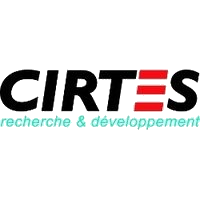
CIRTES
Originally in the mid-1980s, Claude Barlier conducted research in Nancy on the Actarus machining monitoring process and on the Additive Manufacturing process (rapid prototyping, 3D printing) Stratoconception, on which he filed the first patents. In November 1991, in order to develop his patented research, Claude Barlier created CIRTES in Saint-Die-des-Vosges.